Whereas the 11th at Troon might be responsible for the greater carnage (triples or worse) no hole on the Open Championship rotation generates more bogeys than the 17th on the Old Course, the St Andrews Road Hole, which has the highest average score to par
Since it was lengthened from a sporting 445yds to a brutal 495yds, birdies have been increasingly endangered species. The St Andrews Road Hole is undoubtedly one of golf’s greatest and would figure in any world top-five
The shot plays blind over the old railway sheds, now the hotel. The conservative option is to play slightly to the left and the wider top of the fairway. Overhit this though and you’ll likely skip through and finish in the rough. This drive of 260yds onto the larger landing strip however, would still leave you a perilous 235yds to the flag into a narrow green. Alternatively try and bite off some of the second by playing over the ‘O’ of the sign on the wall to the narrower part of the fairway and hope to land nearer to shorten up the approach. It’s a strategic shot.
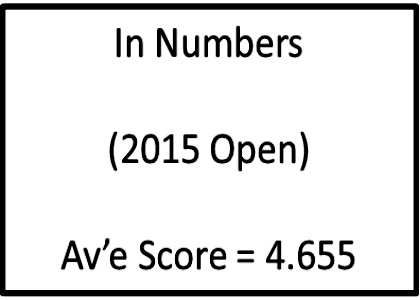
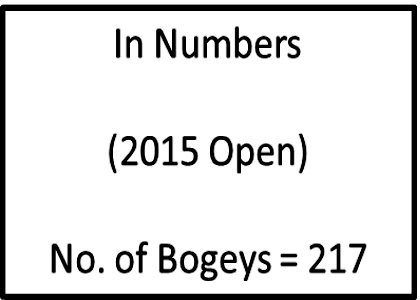
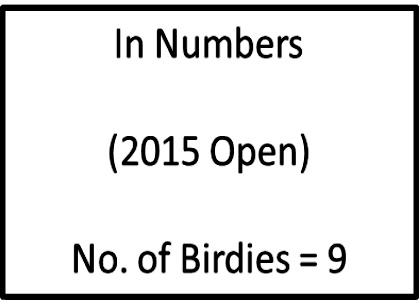

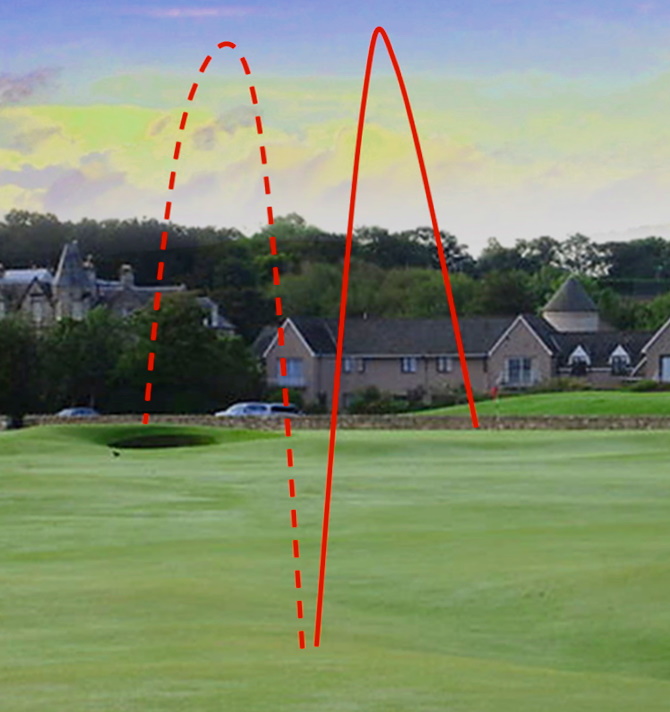
Any relief a golfer might have from discovering that they still have a clean shot is likely to be short-lived when they survey what they’re now required to execute. The second shot has to be precise. If you’ve played safe off the tee you now have a long shot into a slender landing strip protected at the front by hideous bunker. If you come in shallow and bounce through even more difficulty awaits behind. Even if you rolled the dice off the tee and won, your approach is still difficult.
The ‘Sunday Pin’, (left) plays over the road hole bunker and needs you to land on the narrowest part of the green. The safer ‘line’ (right) is probably the best one for either flag
The geometry of the green is always working against you. Viewed from above it resembles the receiver of an old fashioned telephone with bulbous ends and a slender handle. Playing to the nearest of these bulges (the earpiece) leaves a lengthy putt over a ridge with little prospect of anything better than a par. Playing to the furthest (the mouthpiece) is difficult and usually leaves a tricky chip. Trying to hit the middle section where the R&A usually position their ‘Sunday pin’ is hideously difficult. Not only is it a mere 16yds in width to land on at a 45 degree angle to the approach, it is brutally defended both front and back by two of the most famous hazards in golf.
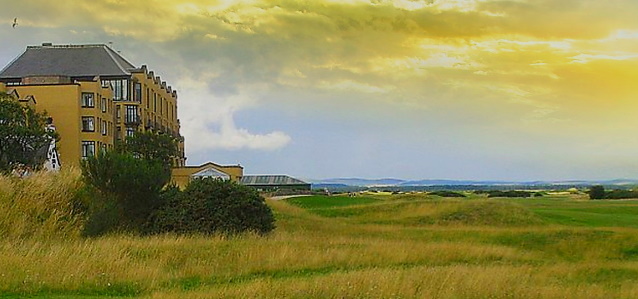
The bunker itself is small in area, but tapers and therefore playing bigger than it is. Any ball bouncing or rolling too close will invariably be snaffled, and that’s frequently fatal. The road hole bunker is deep and steep and can require a lateral exit, or even reverse gear.
In 1979 Tommy Nakajima led the Open before becoming acquainted. He took four shots to execute his escape leading to the British press corps dubbing the bunker, ‘The Sands of Nakajima’. In 1995 it was the bunker that decided the fate of the Open again. In regulation play John Daly blasted out from an improbable lie to limit the damage. An hour later Costatino Rocca faced the same shot in a play off with the American. Rocca needed two attempts. Daly lifted the jug
If anything the defence behind the target is even more aggressive. The green is already a narrow landing strip on an angled target, but also has a steep swale that leads onto a road immediately behind it. Golf balls weren’t designed to hold on tarmac. Anything that comes in on a shallow angle risks kissing the surface and skipping through. The Road Hole isn’t finished with you though. A limestone wall runs behind the road. As the ball picks up speed on the road it will nearly always come to rest against the wall leaving you little back swing. This where Tom Watson failed in 1984. There is a classic escape shot however. Play into the wall for a ricochet against it and back across the road and onto the surface. Good luck executing that one!